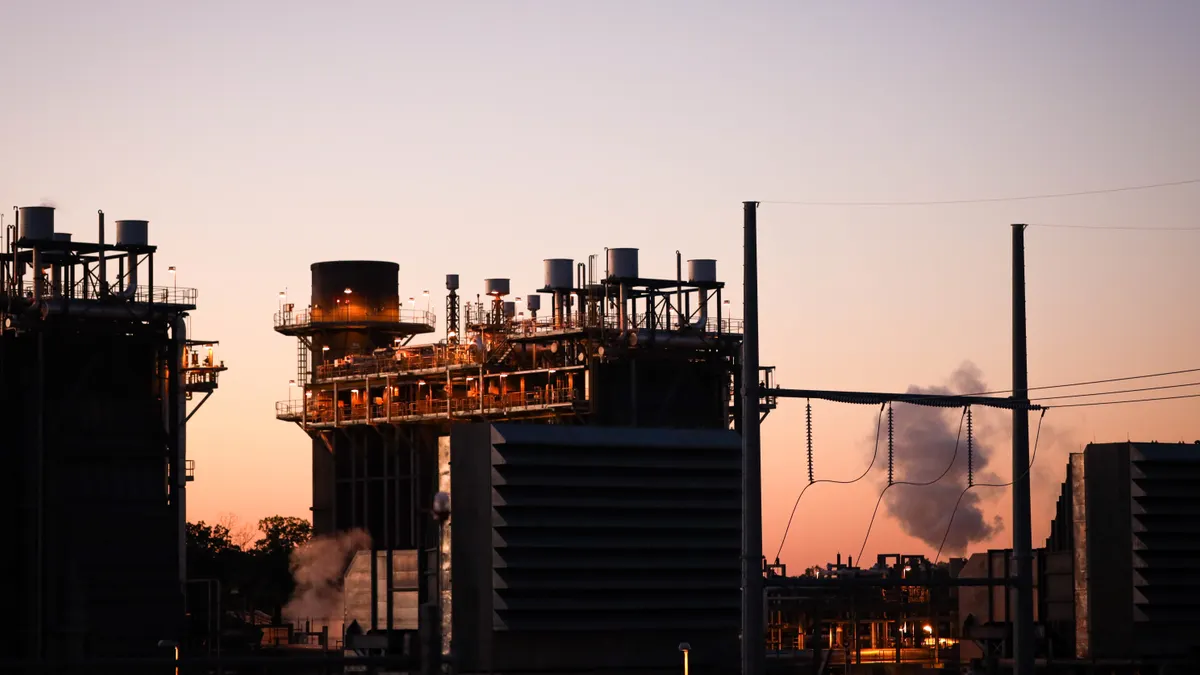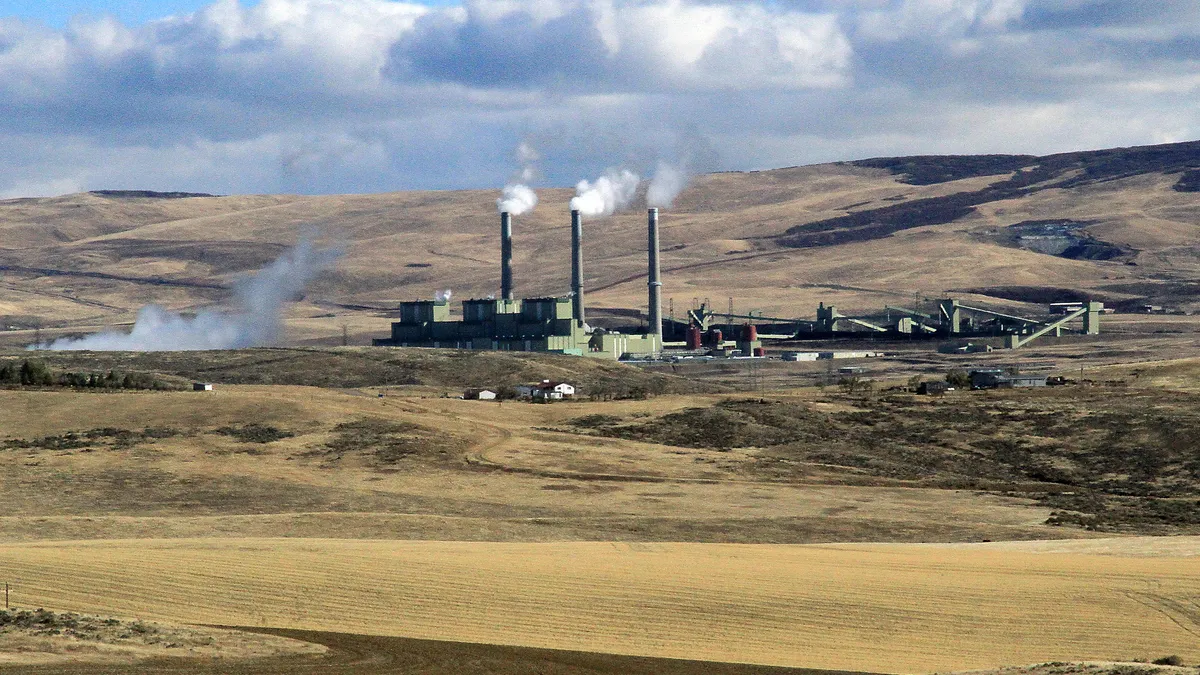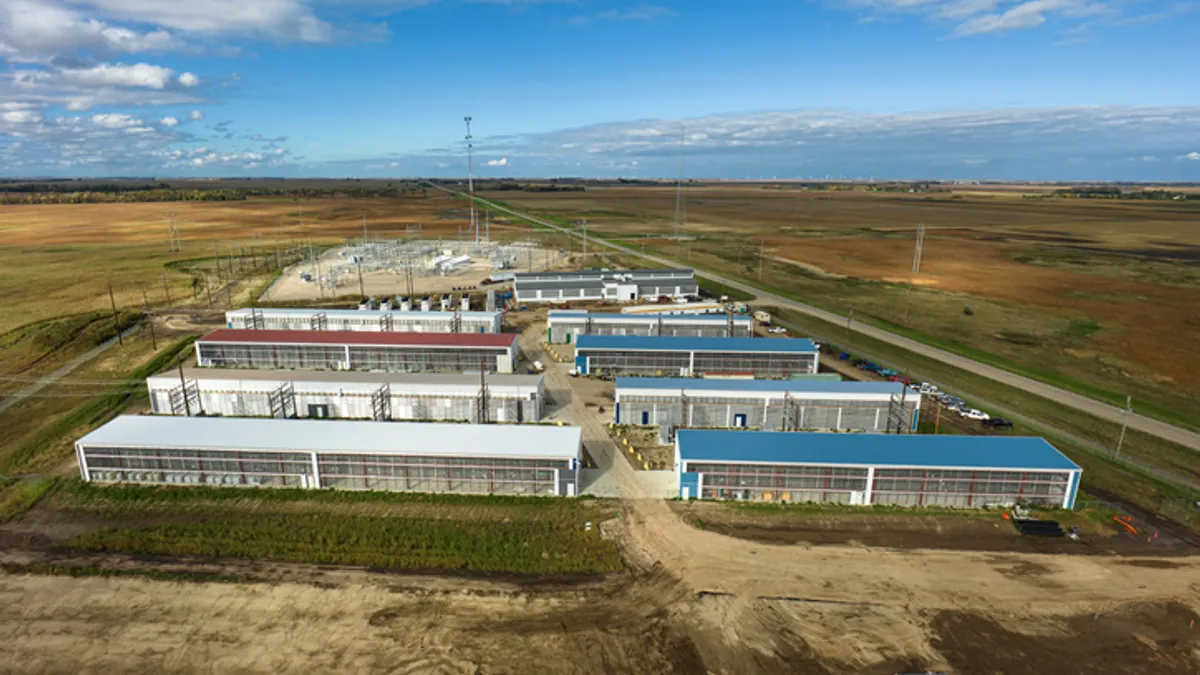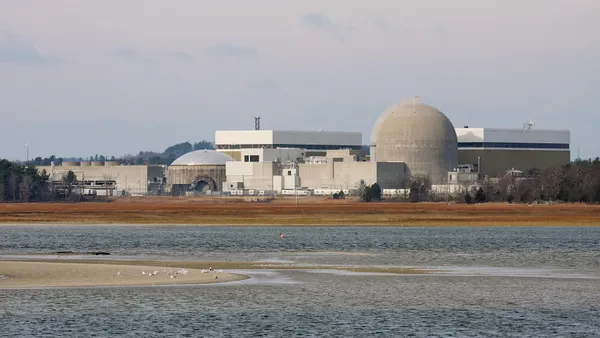With Democrats taking control of the House again in January, climate issues are expected to gain more prominence on Capitol Hill. But legislators are not waiting for the new year to put down markers of items they plan to pursue in the next session.
Coming on the heels of a new report analyzing the growth of carbon capture and storage (CCS) technology in 2018, including new direct air capture initiatives in Canada and the United States, the House is expected to release its own bipartisan version of a Senate bill that adds incentives for the deployment of CCS infrastructure and projects in the coming week.
This comes despite recent comments from the Environmental Protection Agency (EPA) regarding the lack of economic viability of the technology.
A viable technology?
Released on Tuesday by the Global CCS Institute, the report notes 43 large-scale facilities are expected to be in commercial operation by 2024, spanning the industrial manufacturing, heating, power and transport sectors.
"Carbon capture does work — we see it working at NET Power, Petra Nova, Boundary Dam and elsewhere — but the costs need to come down to make it economically viable on a large scale," Rep. David McKinley, R-W.Va., told Utility Dive in an email. "That’s why we need to boost research funding as well as provide incentives to private industry to advance CCS."
Earlier in December, EPA moved to roll back carbon emission limits on new coal plants set in 2015 by the Obama administration, which would have forced large coal generators to use something like CCS technology to comply.
EPA Administrator Andrew Wheeler said CCS technology was "not adequately demonstrated."
Some analysts, such as Clean Air Task Force Markets and Technology Director John Thompson, disagree with Wheeler's assessment, pointing to developments of the technology and price decreases achieved since 2015, but other CCS proponents say CCS is not sufficiently proven for the generation sector yet.
"We'll have to demonstrate, either in the U.S. or around the world, that the technology performs under commercial conditions for a long period of time to give utilities confidence ... that [CCS] will perform as expected," Justin Ong, a policy associate at the conservative clean energy group ClearPath Foundation, told Utility Dive.
Ong and Thompson both acknowledged the importance of Petra Nova — an NRG Energy coal plant that is using CCS technology to transfer captured carbon dioxide to a nearby oil field in Houston, Texas for use in enhanced oil recovery.
As the first coal generation CCS project in the United States, Petra Nova had a lot of specific conditions that allowed it to succeed and be economically viable, including the right geology, being close to an area where the carbon dioxide could be safely injected into the ground, and for economic gain no less.
"CCS isn't feasible everywhere in the United States," Ong said, referencing coal plants that may not have the right conditions to deploy the technology.
Petra Nova's success strengthens the record of CCS since 2015, "from a commercial development demonstration standpoint," Thompson said. However,Ong said one project is not enough to attract investment by the utility industry.
Power and industrial applications of commercial large-scale CCS facilities with actual and expected operation dates up to 2024
The bill
A group of bipartisan Senators introduced a bill in March, adding incentives for the adoption of CCS after Congress passed an extension of the 45Q tax credit which compensates CCS per ton of carbon dioxide captured and utilized. S.B. 2602, dubbed the USE IT Act, supports the development of carbon dioxide pipelines and CCS facilities across multiple industries.
"We made good progress by boosting the tax credit for deployment of carbon capture and storage projects. I plan to continue that work through legislation like the USE IT Act, to encourage promising negative emission technologies like direct air capture," Sen. Sheldon Whitehouse, D-R.I., said in an email to Utility Dive.
Carbon capture and utilization is one of several policy and technology strategies to address greenhouse gas emissions, which the next Congress may consider. Given the Democrat-led House, the next Congress can re-prioritize these strategies, though carbon capture may not be "top-of-the-list" following the tax credit reform that passed this year, according to Whitehouse.
"Ultimately, we need broad reform that accounts for the massive dumping of carbon pollution into our atmosphere, and an end to the hundreds of billions of dollars in subsidies fossil fuels receive every year in America. For that, I’d like to start with a carbon fee," Whitehouse said.





















